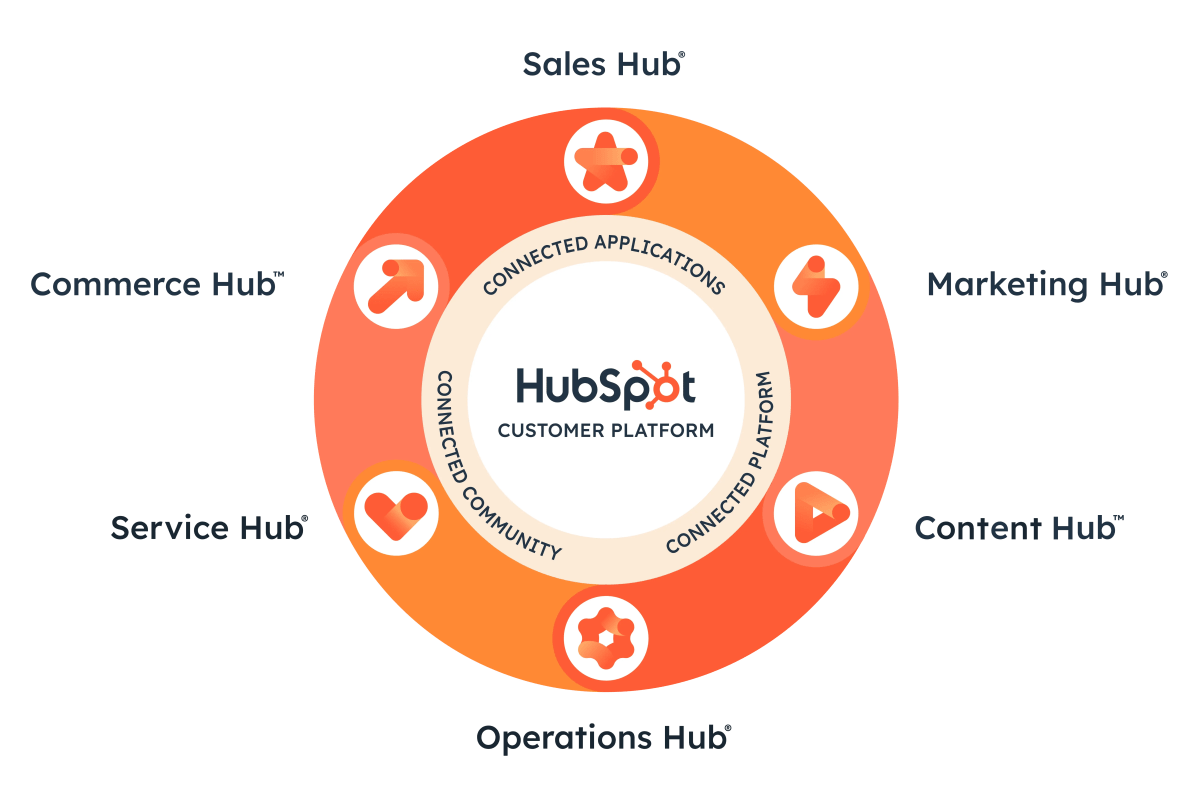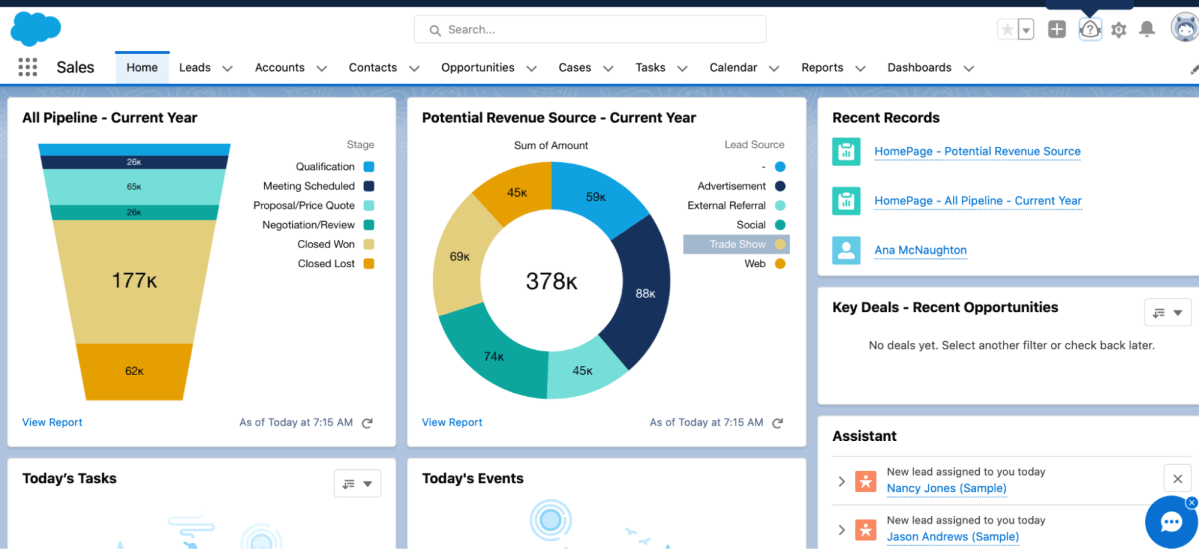Salesforce CRM Cost: 7 Shocking Truths You Must Know in 2024
Thinking about Salesforce CRM but worried about the price tag? You’re not alone. The real Salesforce CRM cost goes beyond just monthly fees—it’s about value, scalability, and long-term ROI. Let’s break down exactly what you’ll pay and why it might be worth every penny.
Salesforce CRM Cost: The Big Picture in 2024

When businesses ask, ‘How much does Salesforce cost?’, the answer isn’t straightforward. Salesforce CRM cost varies widely based on edition, number of users, add-ons, and customization needs. Unlike flat-rate software, Salesforce operates on a tiered subscription model, making it flexible but complex to estimate.
According to Salesforce’s official website, pricing starts as low as $25 per user per month for basic CRM functionality, but can skyrocket to over $300 per user monthly for enterprise-grade solutions with advanced AI and automation.
What Drives the Salesforce CRM Cost?
The total cost isn’t just about the sticker price. Several factors influence how much you’ll actually spend:
- Edition Selection: From Essentials to Unlimited, each tier adds features and complexity.
- User Count: More users mean higher recurring costs.
- Customization & Development: Tailoring Salesforce to your business often requires developers or consultants.
- Third-Party Integrations: Apps from the AppExchange can add hundreds per month.
- Implementation Services: Onboarding, data migration, and training aren’t free.
Hidden Costs Most Companies Overlook
Many organizations budget only for the subscription but get blindsided by hidden expenses. These include:
- Training: Employees need time and resources to learn the platform.
- Support Plans: Premium support costs extra beyond standard offerings.
- AppExchange Apps: Popular tools like Mailchimp or DocuSign integrations add recurring fees.
- Data Storage Overages: Exceeding included storage triggers additional charges.
“The average company spends 1.5x to 2x their annual Salesforce license cost on implementation and consulting.” — Nucleus Research
Breakdown of Salesforce CRM Cost by Edition
To understand Salesforce CRM cost, you need to compare editions. Each offers different capabilities and price points. Let’s explore the most popular options available in 2024.
Salesforce Essentials: Entry-Level for Small Teams
Priced at $25 per user per month, Essentials is designed for small businesses with up to 10 users. It includes basic CRM features like contact management, lead tracking, and email integration.
- Limited customization options
- No API access
- Basic reporting and dashboards
- Ideal for startups or solopreneurs testing the waters
While affordable, Essentials lacks the scalability and automation tools larger teams need. It’s a good starting point, but not a long-term solution for growing businesses.
Salesforce Professional: The Sweet Spot for Mid-Sized Companies
At $80 per user per month, Professional Edition is the most widely adopted plan. It includes workflow automation, custom reporting, and API access—critical for integrating with other business systems.
- Advanced security controls
- Custom app creation (limited)
- Email-to-case for customer service
- Support for Salesforce Communities
This edition strikes a balance between cost and functionality. It’s ideal for sales and service teams that need more than basics but don’t require AI-driven insights.
Salesforce Enterprise: Full Power for Complex Workflows
Priced at $165 per user per month, Enterprise Edition unlocks full customization, advanced automation, and robust API access. This is where Salesforce CRM cost starts to climb, but so does capability.
- Full declarative development (no code required)
- Unlimited custom apps
- Advanced forecasting and territory management
- Dedicated support options
Enterprise is perfect for organizations with complex sales cycles, multiple departments, or global operations. However, it often requires admin training or hiring a Salesforce administrator.
Salesforce Unlimited: Premium Features for Large Enterprises
At $300+ per user per month, Unlimited Edition is the most expensive and powerful tier. It includes everything in Enterprise plus 24/7 phone support, additional storage, and access to premium consulting services.
- Double the data and file storage
- Change sets for easier deployment
- Advanced monitoring and analytics
- Priority access to Salesforce experts
This edition is typically chosen by Fortune 500 companies or those undergoing digital transformation. The Salesforce CRM cost here is justified by reduced downtime, faster innovation, and superior support.
Salesforce Sales Cloud vs Service Cloud: Cost Comparison
Salesforce offers specialized clouds for different business functions. Understanding the cost difference between Sales Cloud and Service Cloud is crucial for budgeting.
Sales Cloud Pricing Tiers and Features
Sales Cloud is the backbone of Salesforce’s CRM offerings, focused on managing leads, opportunities, and sales pipelines.
- Essentials: $25/user/month – Basic lead and contact management
- Professional: $80/user/month – Workflow automation, email integration
- Enterprise: $165/user/month – Customization, API access
- Unlimited: $300+/user/month – Premium support and storage
Additional features like Einstein AI for sales forecasting or CPQ (Configure, Price, Quote) add $50–$100 per user monthly.
Service Cloud Pricing and Support Capabilities
Service Cloud is tailored for customer service teams, offering case management, knowledge bases, and omnichannel support.
- Essentials: $25/user/month – Basic case tracking
- Professional: $80/user/month – Email-to-case, SLA management
- Enterprise: $165/user/month – Custom console, API access
- Unlimited: $300+/user/month – 24/7 support, sandbox environments
Service Cloud also offers Field Service Lightning, which can add $150+ per user monthly for scheduling and dispatching technicians.
Which Cloud Offers Better Value for Your Business?
The choice depends on your primary use case. If your focus is sales pipeline management, Sales Cloud is essential. For customer support teams, Service Cloud delivers more value. Many companies opt to license both, which significantly increases the total Salesforce CRM cost.
Integration between clouds is seamless, but each requires separate licensing. A hybrid approach—using Sales Cloud for reps and Service Cloud for agents—can cost $200–$500 per user annually, depending on edition.
Additional Costs: Beyond the Subscription Fee
The subscription is just the beginning. To get a true picture of Salesforce CRM cost, you must account for implementation, training, and ongoing maintenance.
Implementation and Setup Fees
Implementing Salesforce isn’t plug-and-play. Most businesses hire consultants or partners to configure the system. According to Gartner, average implementation costs range from $5,000 to $50,000+, depending on complexity.
- Data migration from legacy systems
- Custom field and object creation
- Workflow and automation setup
- Integration with ERP, marketing, or accounting software
For large enterprises, implementation can take months and involve multiple stakeholders.
Salesforce CRM cost – Salesforce CRM cost menjadi aspek penting yang dibahas di sini.
Training and User Adoption Expenses
Even the best CRM fails if users don’t adopt it. Training is critical. Salesforce offers Trailhead for free learning, but structured training programs cost money.
- Internal training sessions: $1,000–$5,000
- External certification programs: $200–$600 per user
- Custom training materials: $3,000+
Low user adoption leads to wasted licenses and poor data quality—directly impacting ROI.
AppExchange Apps and Integrations
The Salesforce AppExchange hosts over 5,000 apps. While some are free, many popular tools come with monthly fees.
- Mailchimp for Salesforce: $15–$50/month
- DocuSign for Salesforce: $25–$75/user/month
- ZoomInfo Integration: $100+/user/month
- FinancialForce Accounting: $100+/user/month
These add-ons enhance functionality but can double your monthly bill if not managed carefully.
Free and Discounted Options: Is Salesforce Ever Free?
Yes—Salesforce offers free and discounted plans for certain organizations, making the platform more accessible.
Salesforce Free Edition: Limited but Functional
Salesforce Free Edition supports up to 10 users and includes basic CRM features. It’s ideal for nonprofits, startups, or small teams testing the platform.
- Free forever for qualifying organizations
- Limited to 10 users
- No API access or advanced automation
- Basic reporting only
While limited, it’s a great way to explore Salesforce without financial risk.
Nonprofit Pricing: 80–100% Discounts Available
Salesforce.org offers massive discounts to registered nonprofits. Qualifying organizations can get:
- Nonprofit Success Pack (NPSP) for free
- Up to 10 free Enterprise Edition licenses
- 60–80% off additional licenses
- Free training and support resources
This dramatically reduces the effective Salesforce CRM cost for charities and social impact organizations.
Educational and Startup Programs
Salesforce also supports education and innovation through special programs:
- Trailhead for Students: Free access to learning and sandboxes
- Startup Program: Up to $100,000 in credits and discounted licenses
- Educator Access: Free orgs for teaching CRM concepts
These initiatives lower the barrier to entry for future CRM professionals and emerging companies.
Calculating Total Cost of Ownership (TCO)
To truly understand Salesforce CRM cost, you need to calculate the Total Cost of Ownership (TCO) over 3–5 years, not just the annual license fee.
Direct vs. Indirect Costs
Direct costs are easy to track: licenses, apps, and consulting. Indirect costs are often overlooked but equally important.
- Direct: Subscription, implementation, AppExchange apps
- Indirect: Employee time, lost productivity during rollout, data cleanup
A study by Forrester found that indirect costs can account for 30–40% of total CRM spending.
3-Year TCO Example for a 50-Person Company
Let’s break down a realistic TCO for a mid-sized company using Salesforce Enterprise Edition:
- Licensing (50 users @ $165/month): $99,000/year → $297,000 over 3 years
- Implementation: $30,000 (one-time)
- Training: $10,000
- AppExchange Apps: $20,000/year → $60,000 over 3 years
- Admin & Maintenance: $15,000/year → $45,000 over 3 years
Total 3-Year TCO: ~$442,000
That’s over $8,800 per user over three years. But when balanced against increased sales efficiency and customer retention, the ROI can be substantial.
ROI: Is Salesforce Worth the Investment?
Despite the high upfront cost, Salesforce delivers strong ROI for many organizations. According to Salesforce’s own data, customers report:
- 41% increase in sales productivity
- 34% improvement in customer satisfaction
- 29% faster sales cycles
“Companies using Salesforce see an average ROI of 249% over three years.” — Salesforce ROI Study
When implemented well, the Salesforce CRM cost is not an expense—it’s an investment in growth.
How to Reduce Salesforce CRM Cost Without Sacrificing Value
You don’t have to pay full price. Smart strategies can reduce Salesforce CRM cost while maintaining functionality.
Negotiate with Salesforce or a Partner
Salesforce rarely gives discounts directly, but authorized partners often can. Larger deals (100+ users) are more negotiable.
- Ask for multi-year contracts with discounted rates
- Negotiate free training or implementation credits
- Bundle clouds for better pricing
Many companies save 10–20% simply by negotiating.
Optimize User Licenses and Roles
Not every employee needs a full Salesforce license. Use role-based access to assign appropriate editions.
- Use Chatter Free for employees who only need collaboration
- Assign Salesforce Platform licenses for users who need custom apps but not full CRM
- Regularly audit inactive users and deactivate licenses
This can reduce licensing costs by 20–40%.
Salesforce CRM cost – Salesforce CRM cost menjadi aspek penting yang dibahas di sini.
Leverage Free Tools and Automation
Salesforce offers powerful free tools that reduce reliance on paid apps.
- Use Flow for automation instead of paid workflow tools
- Leverage Reports and Dashboards instead of external BI tools
- Use Process Builder for simple automations
- Adopt Trailhead for free training
These built-in features can eliminate the need for dozens of AppExchange apps.
Salesforce Alternatives: Is There a Cheaper Option?
If Salesforce CRM cost is too high, several alternatives offer similar functionality at lower price points.
HubSpot CRM: Free Core Features, Affordable Scaling
HubSpot offers a free CRM with excellent usability. Paid tiers start at $45/month per user for sales hubs.
- Free forever plan with contact, deal, and task management
- Seamless email integration
- Lower learning curve than Salesforce
- Limited customization compared to Salesforce
Best for small to mid-sized businesses wanting simplicity and affordability.
Zoho CRM: Budget-Friendly with Strong Automation
Zoho CRM starts at $14/user/month and offers robust automation and AI features.
- Highly customizable workflows
- Free plan for up to 3 users
- Strong integration with Zoho’s ecosystem
- Less enterprise-grade support than Salesforce
Ideal for cost-conscious businesses with technical teams.
Pipedrive: Sales-Focused and Intuitive
Pipedrive is built for sales teams and starts at $14.90/user/month.
- Visual sales pipeline management
- Easy onboarding
- Good mobile experience
- Limited service and marketing features
Great for small sales teams prioritizing pipeline visibility over deep customization.
When to Stick with Salesforce Despite the Cost
If your business needs scalability, deep customization, or integration with complex systems, Salesforce is still the gold standard. Its ecosystem, AppExchange, and global support network are unmatched.
For enterprises, regulated industries, or fast-growing companies, the higher Salesforce CRM cost is often justified by long-term flexibility and reliability.
What is the starting price for Salesforce CRM?
Salesforce CRM starts at $25 per user per month for the Essentials edition. This plan includes basic contact and lead management, email integration, and mobile access. It’s designed for small businesses with up to 10 users.
What is the most expensive Salesforce edition?
The most expensive edition is Salesforce Unlimited, priced at $300 or more per user per month. It includes premium support, double the storage, advanced analytics, and access to consulting services. It’s ideal for large enterprises with complex needs.
Are there hidden costs with Salesforce?
Yes, common hidden costs include implementation fees, training, AppExchange app subscriptions, data migration, and admin maintenance. Many companies spend 1.5x to 2x their license cost on these additional expenses.
Can nonprofits get Salesforce for free?
Yes, nonprofits can receive significant discounts through Salesforce.org. Qualifying organizations can get up to 10 free Enterprise Edition licenses and 60–80% off additional licenses. They also gain access to the Nonprofit Success Pack (NPSP) at no cost.
How can I reduce my Salesforce CRM cost?
You can reduce costs by negotiating multi-year contracts, optimizing user licenses, using free automation tools like Flow, and auditing inactive users. Leveraging Trailhead for training and avoiding unnecessary AppExchange apps also helps control expenses.
Understanding the true Salesforce CRM cost requires looking beyond the monthly subscription. From licensing and implementation to training and third-party apps, the total investment can be substantial. However, for businesses that need scalability, customization, and powerful automation, Salesforce remains a top-tier solution. By carefully planning your edition, optimizing licenses, and leveraging free tools, you can maximize value while controlling costs. Whether you choose Salesforce or explore alternatives, the key is aligning your CRM investment with your business goals.
Salesforce CRM cost – Salesforce CRM cost menjadi aspek penting yang dibahas di sini.
Further Reading:


